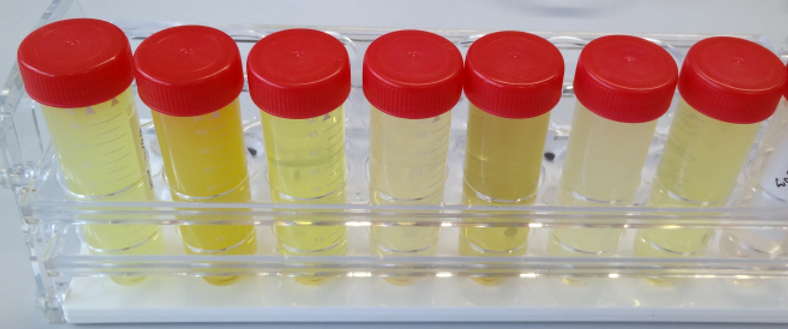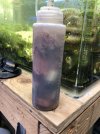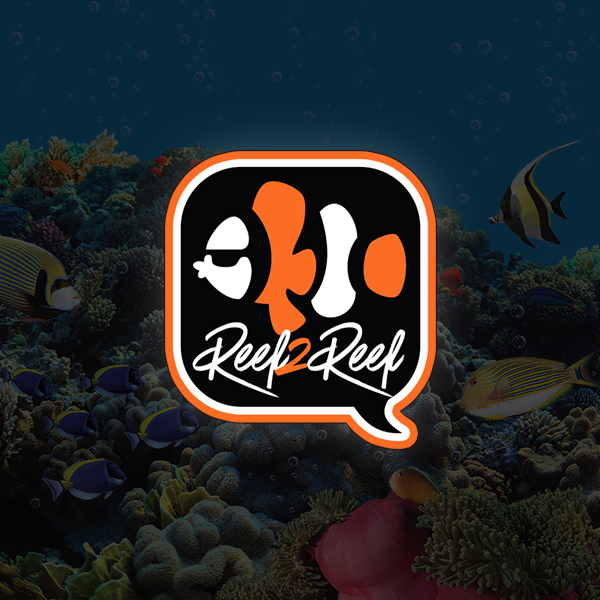I do know some foods have the benefits of introducing trace elements into the tank, but I am wondering what you may do to keep your nutrient imports (N and P) as consistent as possible on a daily/weekly basis.
Do you use an auto feeder?
Do you use pre-portioned foods like frozen cubes?
Are you taking nutritional analysis and converting the weight into PPM to calculate the exact amount added per feed?
Or do you just eye-ball it and feed more when readings are low, feed more when readings are less?
I mostly feed TDO 2x/day and continue to bottom out my nutrients. So I bought frozen but am afraid of excess DOC and bacteria infections from overfeeding my nano. So I feed that about 1-2x a week and broadcast. I do have benepets to feed corals but have not done it consistently. Lastly, I started dosing ammonia bicarbonate to assist with nitrates. Currently between 5-10ppm nitrate, but now phosphates are being irregular and dropped to 0.02 from 0.07-0.09. I am not chasing a specific number, just want more consistency with my daily feedings to raise healthy fish and keep my corals happy as well. My target range is 5-10ppm nitrate and 0.04-.0.08 phos with some leeway upwards. I have neophos on hand as well in case it drops below that, as dinos seem to be a reoccurring issue in my system. Cyano is also having its way atm.
Since the tank is still new, 4 months, but everything was transferred from a 1.5year reef, I assume a lot of this is growing pains until it hits maturity.
Any insight is well appreciated. Thank you!
Do you use an auto feeder?
Do you use pre-portioned foods like frozen cubes?
Are you taking nutritional analysis and converting the weight into PPM to calculate the exact amount added per feed?
Or do you just eye-ball it and feed more when readings are low, feed more when readings are less?
I mostly feed TDO 2x/day and continue to bottom out my nutrients. So I bought frozen but am afraid of excess DOC and bacteria infections from overfeeding my nano. So I feed that about 1-2x a week and broadcast. I do have benepets to feed corals but have not done it consistently. Lastly, I started dosing ammonia bicarbonate to assist with nitrates. Currently between 5-10ppm nitrate, but now phosphates are being irregular and dropped to 0.02 from 0.07-0.09. I am not chasing a specific number, just want more consistency with my daily feedings to raise healthy fish and keep my corals happy as well. My target range is 5-10ppm nitrate and 0.04-.0.08 phos with some leeway upwards. I have neophos on hand as well in case it drops below that, as dinos seem to be a reoccurring issue in my system. Cyano is also having its way atm.
Since the tank is still new, 4 months, but everything was transferred from a 1.5year reef, I assume a lot of this is growing pains until it hits maturity.
Any insight is well appreciated. Thank you!







